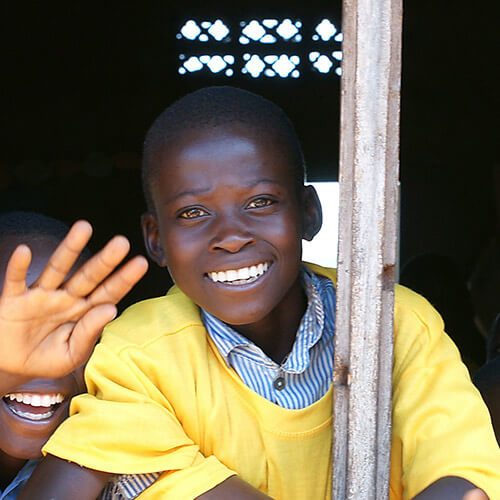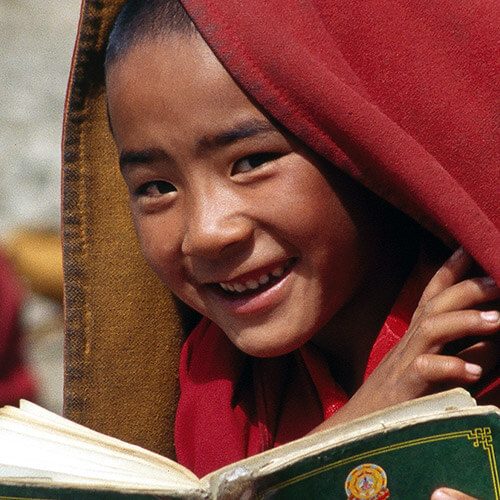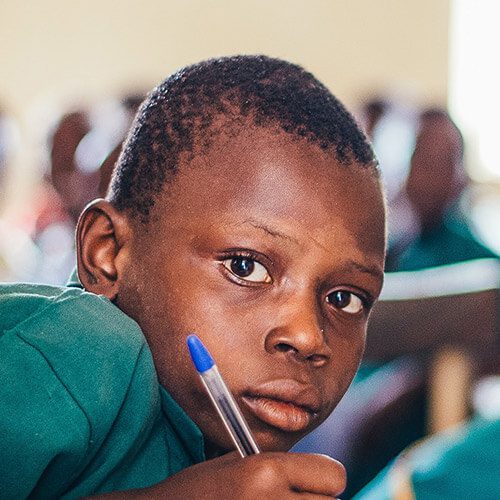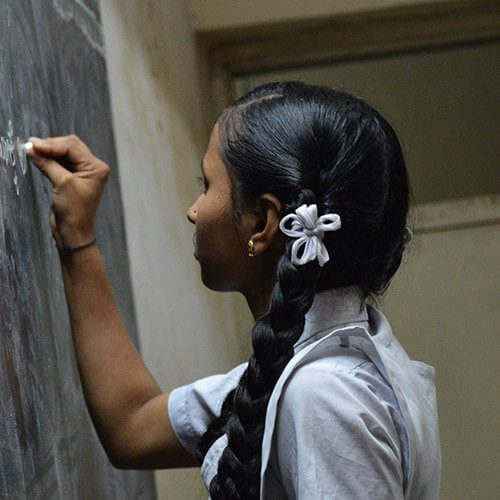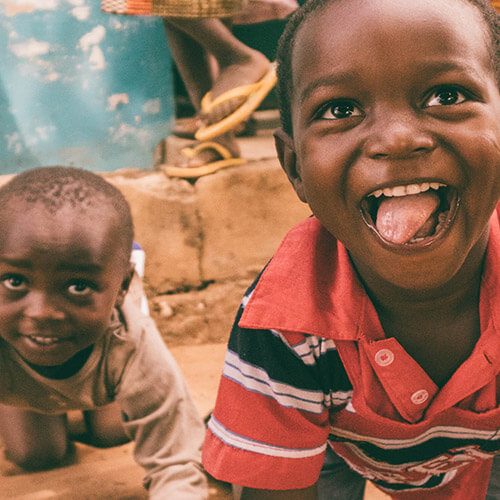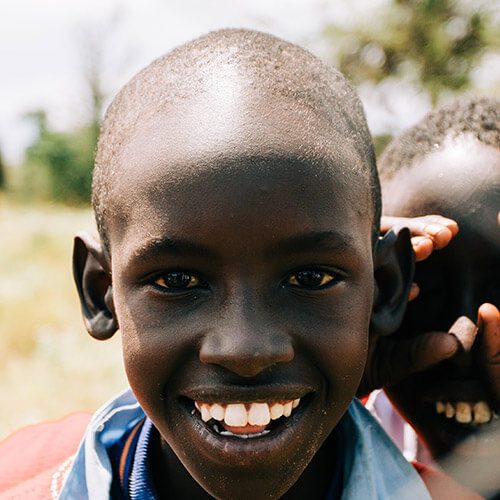help us give Sri Lanka’s autistic children an inclusive education
No matter how hard the road – You do not have to lose hope
– Jolene Philo (A different dream for my child)
We have all heard of the term Autism, but awareness of this health condition, formally known as Autism
Spectrum Disorder (ASD) is rather low. ASD is a childhood condition that generally lasts into
adulthood. It’s a neurodevelopment disorder that can cause shortfalls in three main areas –
communication skills, social interactions, and restricted-repetitive behavior.
Autism awareness is growing in Sri Lanka, but it is growing slowly through the hard work of
institutions, initiatives, and dedicated individuals. A 2009 study in Sri Lanka found that ASD affects
1 in 93 children between 18 and 24 months. The numbers today are much higher.
To raise awareness of autism around the world, the World Health Organization and the United
Nations jointly declared April 2 as World Autism Day. This year, the focus is on Inclusive Education
for Autistic Children.
Boys and Girls
There is a lot still unknown about ASD. There is not even an answer to why boys and girls show
signs of ASD differently. Generally, ASD is identified in more boys than girls, but this could be
because boys with ASD tend to be more hyperactive and outward than girls. Since boys show more
outward behavior, and parents are more likely to notice, boys are diagnosed at a higher rate than
girls. Autistic girls display more internalizing behavior like depression and anxiety. Thus they are
more likely to get diagnosed as they get older.
With different kinds of therapy and interventions, and with early prognosis, autistic children can
learn and develop the skills they need for a better life. The earlier autism is diagnosed, the better the
course of treatment.
Misconceptions
It is often heard (and thought) that people with ASD cannot be successful. While there is a range of
challenges people with ASD face, there are also unique characteristics and strengths they possess.
Children and adults with ASD can be successful in life, especially with caring guardians, the right
support systems, early diagnosis, and treatment.
Another common misconception is that people with ASD cannot develop lasting relationships. But
autistic children can develop friendships and enjoy playing. Many people also believe that those with
ASD do not have emotions comparable to those of ‘normal’ individuals. Yes, they may have trouble
expressing emotions, but they still have feelings like any other individual.
Hoping for the best
As often mentioned by doctors who work with autistic children, the keyword with ASD is hope.
There is hope that with time, social skills, and training these children will develop into useful human
beings.
There is also hope for better outcomes through the immense amount of research happening in the
field of autism. Scientists are learning more about the origins/genetics of ASD and how to improve.
Treatment options
An autistic child is a unique individual with his or her strengths and weaknesses. Parents and
caregivers have to identify these traits and adapt accordingly. Life can sometimes be harsh for those
with autism due to stigma and discrimination, another reason why awareness of autism in society is
important. Those with ASD deserve our love, care and respect.
Please support LVAF’s Program – A Different Dream (to open a Centre for Children with Autism in Matara, Sri Lanka)


